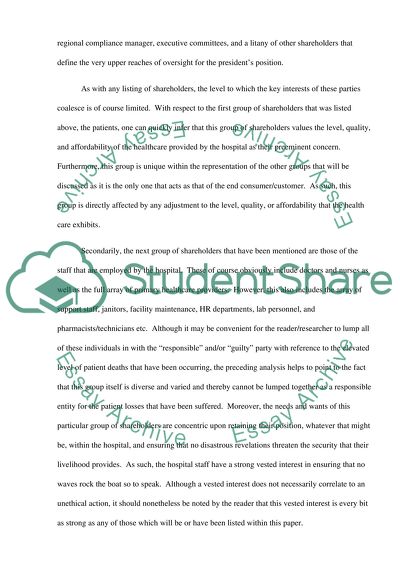Cite this document
(“Corporate Governance and Ethical Responsibility Research Paper - 1”, n.d.)
Retrieved from https://studentshare.org/law/1466548-corporate-governance-and-ethical-responsibility
Retrieved from https://studentshare.org/law/1466548-corporate-governance-and-ethical-responsibility
(Corporate Governance and Ethical Responsibility Research Paper - 1)
https://studentshare.org/law/1466548-corporate-governance-and-ethical-responsibility.
https://studentshare.org/law/1466548-corporate-governance-and-ethical-responsibility.
“Corporate Governance and Ethical Responsibility Research Paper - 1”, n.d. https://studentshare.org/law/1466548-corporate-governance-and-ethical-responsibility.


